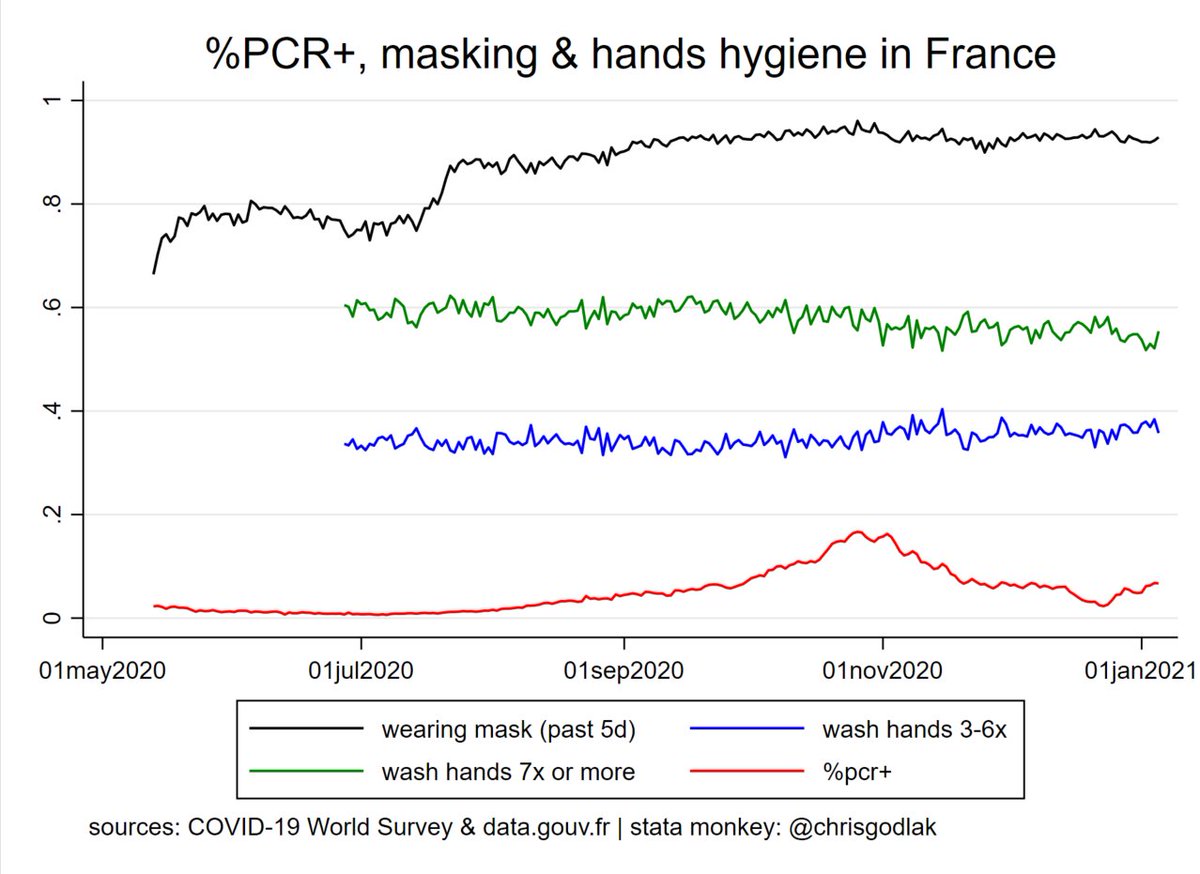
@HMDatabase Déficit mortalité en 2021 en France: 74-85 

@HMDatabase Excès mortalité 2021 en France: 65-74 

@HMDatabase Déficit mortalité 2021 en France: 15-64 

@HMDatabase Déficit avec pointes excès mortalité 2021 en France: 0-14 

• • •
Missing some Tweet in this thread? You can try to
force a refresh





















